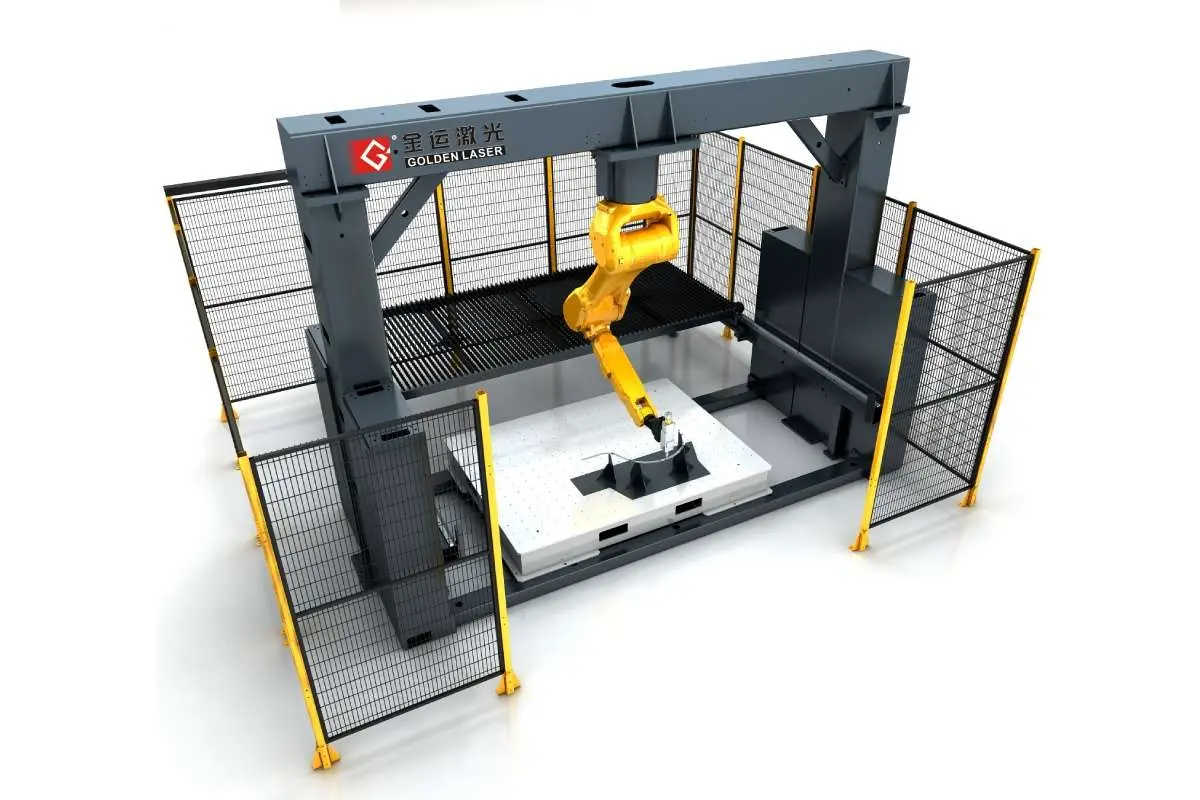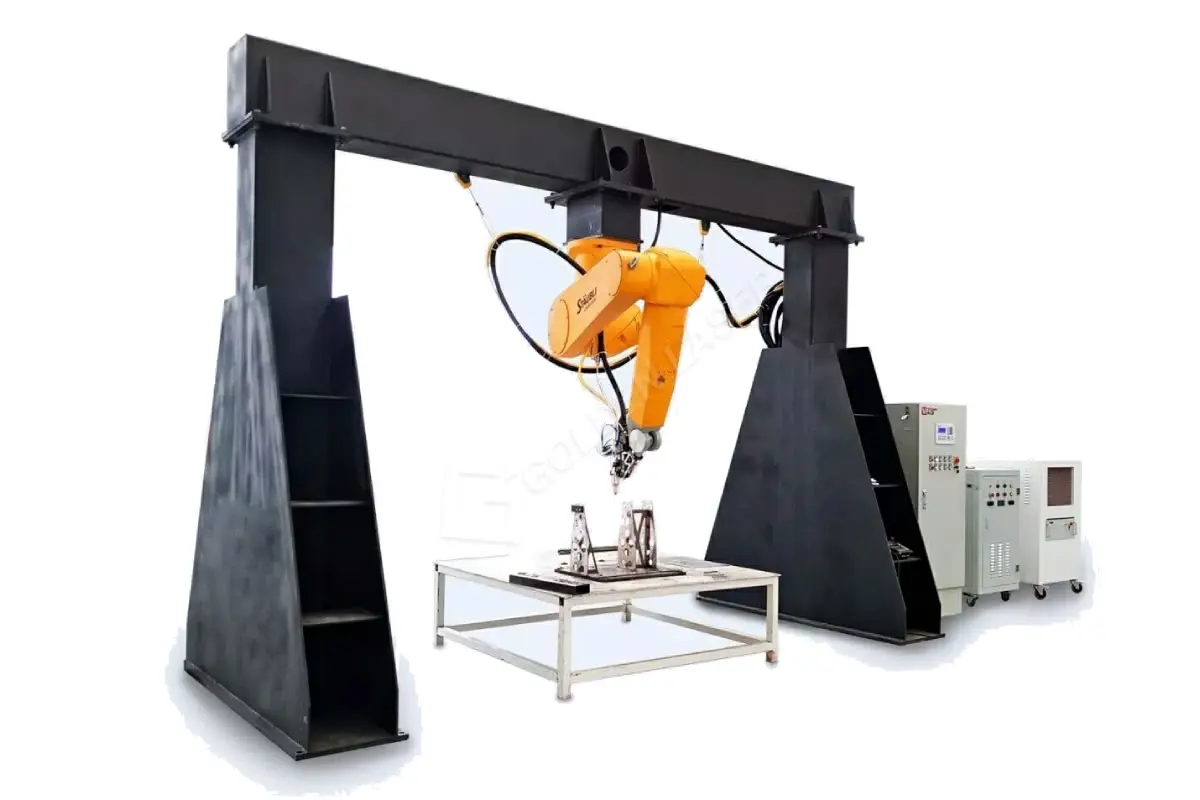In the ever-evolving landscape of manufacturing and metal fabrication, innovation remains the driving force behind enhanced efficiency and improved product quality. Among the most significant advancements in this arena is the introduction and integration of plate laser cutters. These machines have fundamentally transformed how industries approach cutting metals, allowing for unprecedented levels of precision and speed that traditional methods simply cannot match. In this article, we will delve into the functionality of plate laser cutters, their benefits over traditional cutting methods, the various applications across different sectors, and the future of this technology in the manufacturing landscape.
Understanding Plate Laser Cutters
Plate laser cutters operate on the principle of using focused laser beams to cut materials with extreme accuracy. The technology primarily involves directing a beam of light that is amplified through a laser medium, typically using CO2 or fiber lasers, which can concentrate energy into a fine point. This concentrated energy generates sufficient heat to melt, burn, or vaporize the metal, allowing for intricate designs and complex shapes that were previously difficult to achieve.
These laser cutters are equipped with advanced computer numerical control (CNC) systems that provide operators with the ability to create complex patterns and designs with minimal manual intervention. The precision involved with plate laser cutting means that tolerances can be maintained within a very tight range, which is crucial for high-quality production standards.
Key Benefits of Plate Laser Cutters
One of the most significant advantages of using plate laser cutters is the speed with which they operate. Unlike traditional cutting methods, such as saws or plasma cutters, which can take time to set up, laser cutting is quick and efficient. The setup process is often streamlined, reducing downtime and maximizing productivity.
Moreover, the precision of laser cutting minimizes waste—a critical factor in manufacturing. The fine cutting makes for cleaner edges and reduces the need for extensive post-processing. This not only saves material costs, as less metal is wasted, but also decreases labor time and expenses associated with finishing techniques.
An additional benefit is the versatility of plate laser cutters. They can cut through a variety of materials, including stainless steel, aluminum, and other metals, as well as plastics and wood, depending on the machine’s specifications. This flexibility makes them invaluable in various industries, from automotive to aerospace to artistic applications.

Transforming Metal Fabrication: How Plate Laser Cutters Revolutionize Efficiency and Precision in Manufacturing
Applications Across Industries
Plate laser cutters are employed in numerous sectors due to their versatility and efficiency. In the automotive industry, for instance, they are used to fabricate intricate parts and components that require high precision. As vehicles become increasingly sophisticated and demand for lightweight materials grows, plate laser cutters play a crucial role in delivering complex geometries that enhance performance and safety.

Transforming Metal Fabrication: How Plate Laser Cutters Revolutionize Efficiency and Precision in Manufacturing
Similarly, in the aerospace sector, where precision is paramount due to safety and regulatory requirements, laser cutting ensures that components are manufactured to exact specifications. From creating parts for aircraft fuselages to intricate interior design elements, the ability to cut lightweight yet durable materials is vital.

Transforming Metal Fabrication: How Plate Laser Cutters Revolutionize Efficiency and Precision in Manufacturing
The architectural and artistic sectors have also reaped the benefits of plate laser cutting technology. Artists and designers utilize these machines to produce elaborate patterns and detailed sculptures, pushing the boundaries of creative metalwork. Laser cutters enable the recreation of intricate designs that would be labor-intensive and time-consuming with traditional methods.
The Future of Plate Laser Cutters
As technology continues to advance, the future of plate laser cutters appears bright. Emerging trends include the integration of artificial intelligence and machine learning, which could further refine cutting processes, enhance accuracy, and facilitate predictive maintenance—ensuring operational reliability over time.
Additionally, the development of hybrid systems that combine laser cutting with other techniques (like waterjet cutting) may broaden application possibilities. These innovations will likely lead to increased automation in the manufacturing process, reducing the reliance on skilled labor while maintaining high standards for craftsmanship.
Conclusion
In summary, plate laser cutters are not just a tool; they represent a paradigm shift in metal fabrication, bringing efficiency, precision, and versatility that traditional methods simply cannot match. As industries continue to innovate and explore new applications for laser cutting technology, the full potential of plate laser cutters will undoubtedly unfold, reinforcing their position as indispensable assets in modern manufacturing. The ongoing advancements in this field will likely provide even more opportunities for industries to optimize production processes and deliver exceptional products to meet the demands of a rapidly changing marketplace. Laser Cuttng Machine For Metal




